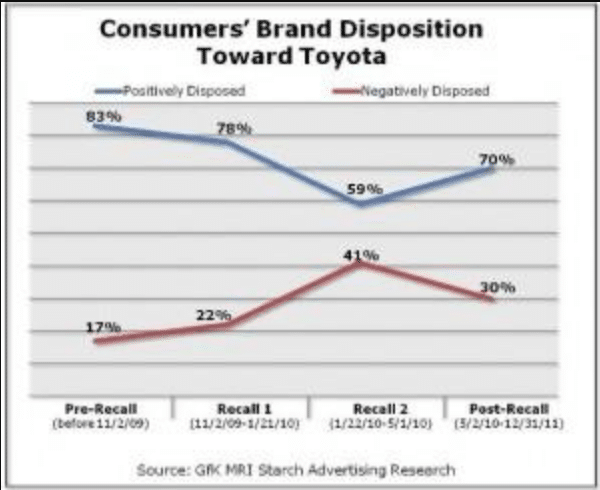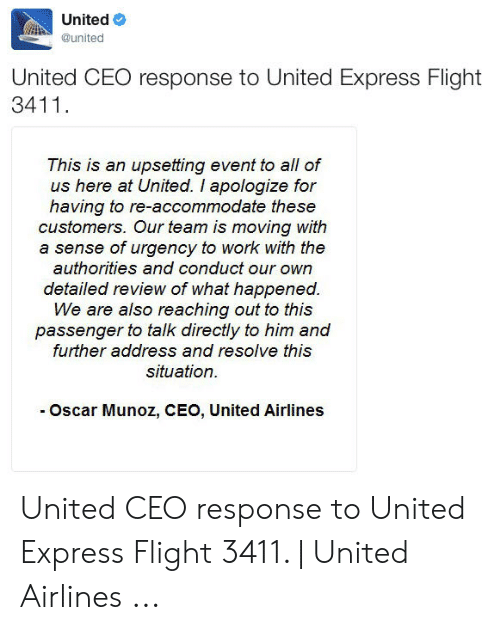No matter how big your business may be, no company is invulnerable to a PR crisis. An ever-present threat to your brand’s reputation and social standing, there are many rights and many wrongs when it comes to PR crisis management.
Learning how to avoid the pitfalls of companies that have come and gone before and understanding the best damage limitation strategies could be the most important lessons you learn to benefit your business.
This article will highlight the most prominent PR crisis management mistakes to avoid, potentially saving your brand from losing lots of money, staff members and keeping your reputation intact.
Let’s get started.
1. Delaying your response
When any crisis occurs within any business, time is of the essence. Delaying your response to a growing PR crisis will only allow the problem to snowball, turning what was once a salvageable situation into a deep-rooted and complex situation. Especially in today’s social media age, it only takes one or two posts from unhappy customers or a journalist tweet for an issue to grow into a full-blown crisis.
Take, for example, Toyota, the motor vehicle company. In 2010, Toyota discovered that a substantially high number of Toyota vehicles were making up the statistics of complaints received regarding their sudden acceleration in the past ten years. Of 6,200 complaints, 89 had resulted in deaths in Toyota vehicles.
Toyota did recall 8.8 million vehicles based on these damning statistics, but their CEO at the time appeared to distance himself from the growing crisis. The management seemed to understate the seriousness of the vehicle defects and appeared to be orchestrating a deliberately slow response to the unfolding situation.
Toyota’s slow response resulted in a loss of trust from consumers, forcing the company to settle countless lawsuits in the following years. This hassle could have been avoided had they addressed the situation from its outset.
The lesson to take from this? Deal with problems at their source, rather than letting them spiral out of control. In today’s social media age, this lesson is even more relevant than in 2010, when Facebook and Twitter were less ubiquitous, perhaps lessening the spread of bad PR for Toyota.
2. Not being in touch with the key stakeholders
Honesty is always the best policy. Your stakeholders will find out about a deepening crisis sooner or later, so it’s best to be upfront about it in the first instance. Effective PR crisis management will ensure that everyone is on board with the situation, putting you in the best position to put your next foot forward.
Ensuring that everyone is on board and that you are dealing with a developing situation in a calm and controlled manner will show that you have the confidence and maturity to deal with problems and crises (stakeholders understand that these things happen).
As long as you remain clear about the developing situation and keep everyone updated, this should ensure the best environment to help your company survive the unfolding crisis.
3. Being insincere
Sometimes, companies that have made a glaring mistake (that has often gone viral on social media) try to apologize to the public. Still, the apology is often the key indicator of an apparent attitude of insincerity and not being able to ‘read the room’. Ironically, the insincere apology is often the final nail in the coffin for a brand’s crumbling PR image.
Here’s an example. In April 2017, a passenger on an overbooked United Airlines flight that was due to take off from Chicago’s O’Hare Airport was forcibly dragged from the airplane when he refused to give up his seat at the request of the flight stewards.
The passenger, David Dao, was violently removed from the flight by United Airlines staff, resulting in a broken nose, two missing teeth, and a concussion. This incident was filmed by another passenger and went viral.
United Airlines had no choice but to admit wrongdoing but made a significantly false step in their PR crisis management strategy. Their CEO, Oscar Munoz, inflamed the situation further in his comment on the incident – rather than apologizing to Dao and United Airlines customers, he labeled Dao as “disruptive and belligerent“. This insincere approach met massive criticism of the airline by the public and even led to a drop in United Airlines shares.
The reaction to this shocking response by Munoz then led to him making a late apology. But by then, it was too little, too late. The damage was done.
There were calls for Munoz to resign. That shows how one incident that could and should have been handled in a prompt, professional, and sincere manner can snowball into a saga of self-destruction.
Consider the lessons learned from this incident for your own company. Always douse the flames of the fire by issuing sincerity and taking proper account of your brand’s actions, rather than fanning the flames via insincerity and a poor attitude.
4. Not preparing enough content
Once a PR crisis is set in motion, your response could mean the difference between the success and failure of your business. One critical PR crisis management situation to avoid is not preparing enough content in response to the unfolding situation.
Unfortunately, many brands fail to consider the material you need to prepare. This material includes an initial holding statement, a follow-up statement, answers to journalists’ potential questions, and some quick media training for your spokespeople concerning the problem. Even one poorly worded email could spell disaster.
Once a PR crisis unfolds, there isn’t much time to prepare all of this content, so you need to get the bulk of the work done before a problem develops.
So sit down with your staff and schedule relevant content and training for potential situations your business could find itself in, just like how fire drills are practiced in case of a fire. Being prepared in this manner will give your company the best chance of pulling it back from the brink should the unthinkable happen.
The saying, ‘fail to prepare, prepare to fail’, couldn’t be more relevant here. So, draft a press release as soon as you can. Once approved, make sure the press release gets to the right people. Use an email software solution to send it in bulk and ensure the proper recipients (journalists) receive it. You don’t want to send emails one by one. That’s just a waste of time.
5. Using jargon in your response
Making an announcement or a heartfelt apology for your business is one thing. Making one in a language that the general public will understand is another.
Jargon, or buzzwords, are often used by businesses but are looked upon by the general public as a way of masquerading actual meaning behind words that don’t mean a lot.
A list of America’s most hated business jargon from February 2021 features phrases that we have all heard CEOs and spokespeople use at one point or another. Words high on the list include ‘synergy’ at number one, ‘raising the bar’ at four, while ‘circle back’ makes an honorable mention. ‘Reaching out’ is also pet hate for many, the exact phrase that Oscar Munoz made in his disastrous response to the United Airlines incident.
Instead of jargon, use everyday language that everyone can understand. This tactic will help reinforce credibility and trustworthiness rather than the notion that you have something to hide.
In closing
Any PR crisis management situation involves avoiding plenty of pitfalls and landmines. Say the wrong thing, or take too long to respond, and you could inflame the crisis far beyond what you thought was possible.
But by using some common sense, honesty, and advice from the examples we have discussed in this article, you can avoid the pitfalls and give your company the best chance of recovering from a PR crisis, should it ever happen.
Good luck with the future of your business. We hope that you may never need to put these steps into real action!






